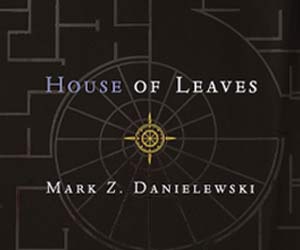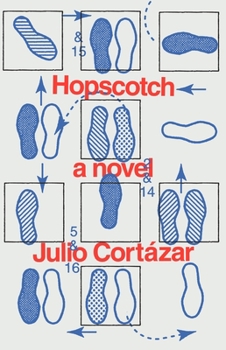Hopscotch
Select Format
Select Condition 
Book Overview
Cortazar's masterpiece ... The first great novel of Spanish America (The Times Literary Supplement) - Winner of the National Book Award for Translation in 1967, translated by Gregory Rabassa
Horacio Oliveira is an Argentinian writer who lives in Paris with his mistress, La Maga, surrounded by a loose-knit circle of bohemian friends who call themselves the Club. A child's death and La Maga's disappearance put...
Customer Reviews
For a multidimensional and modern narrative
Existencialismo Latinoamericano
innovador, excelente, cautivante, complejo e interesante
RAYUELA ES MI LIBRO FAVORITO
Rayuela Mentions in Our Blog

Do you like surprises? On the eve of April Fool's Day we feature ten tales that will make you ask, "What is even happening?!" Each of these stories—spanning a wide array of genres and styles—has a trick or two up its sleeve.

Are you curious what people around the world are reading? Us too! So we decided to find out. Compiling the literary faves of 7 billion people is challenging, but we succeeded, and it's cool to see how united we are by what we're reading, in spite of our different cultures and languages. Think you can guess the world's #1 book? Keep reading to find out!





